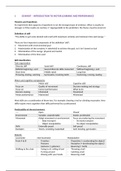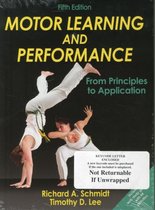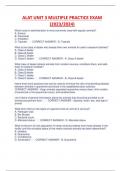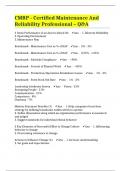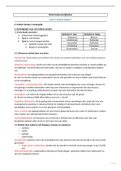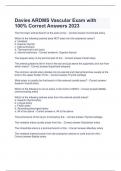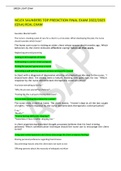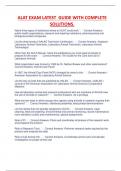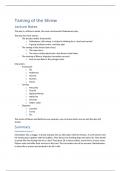Summary
Summary Motor Learning and Performance 5th ed. - Chapter 1, 2, 3, 4, 5, 6, 7, 11
- Course
- Institution
- Book
- Chapter 1: Introduction to motor learning and performance (skill classification) - Chapter 2: Processing information and making decisions - Chapter 3: Attention and performance - Chapter 4: Sensory contributions to skilled performance (closed-loop) - Chapter 5: Motor programs (open-loop) - Chapte...
[Show more]
